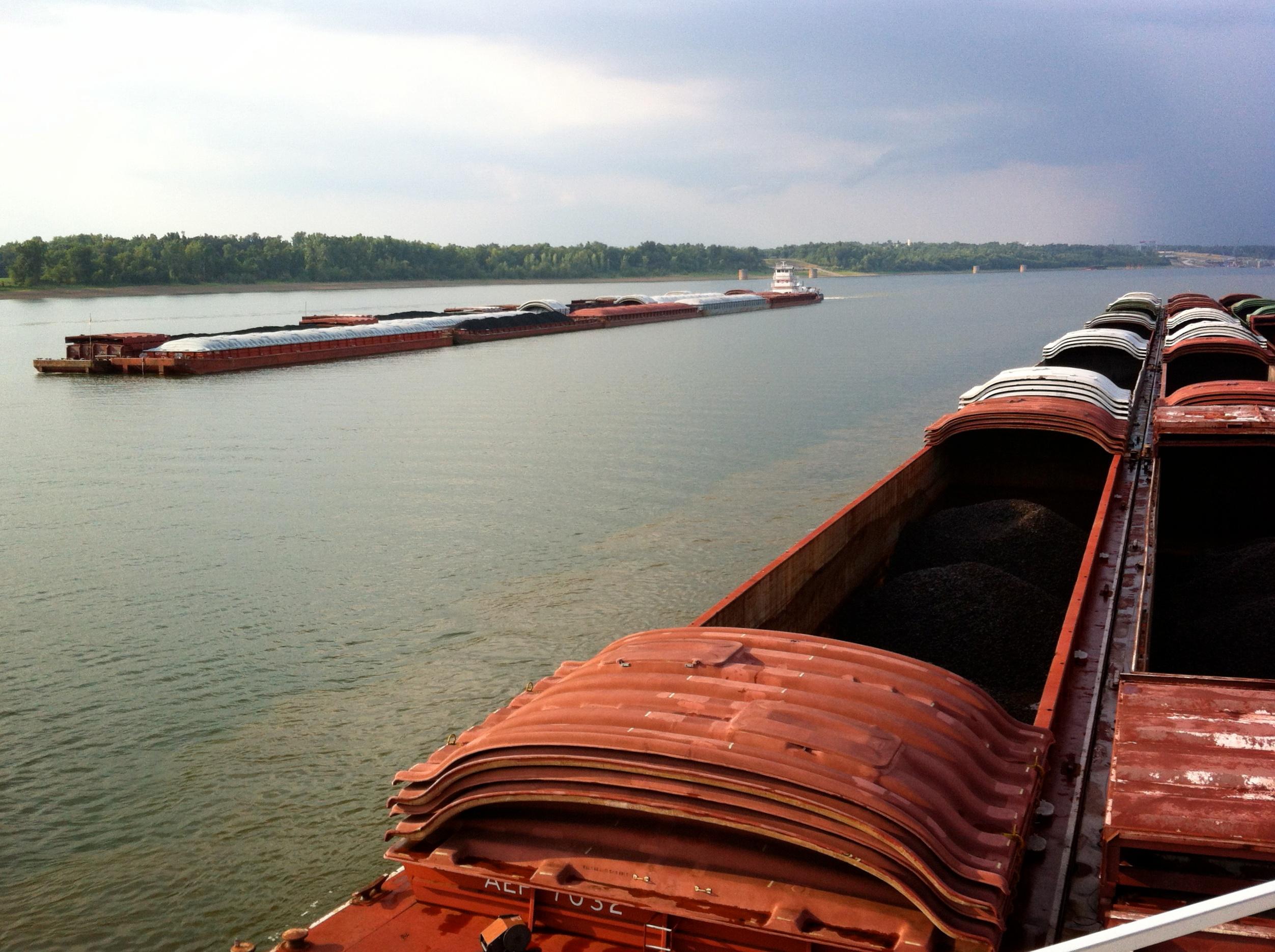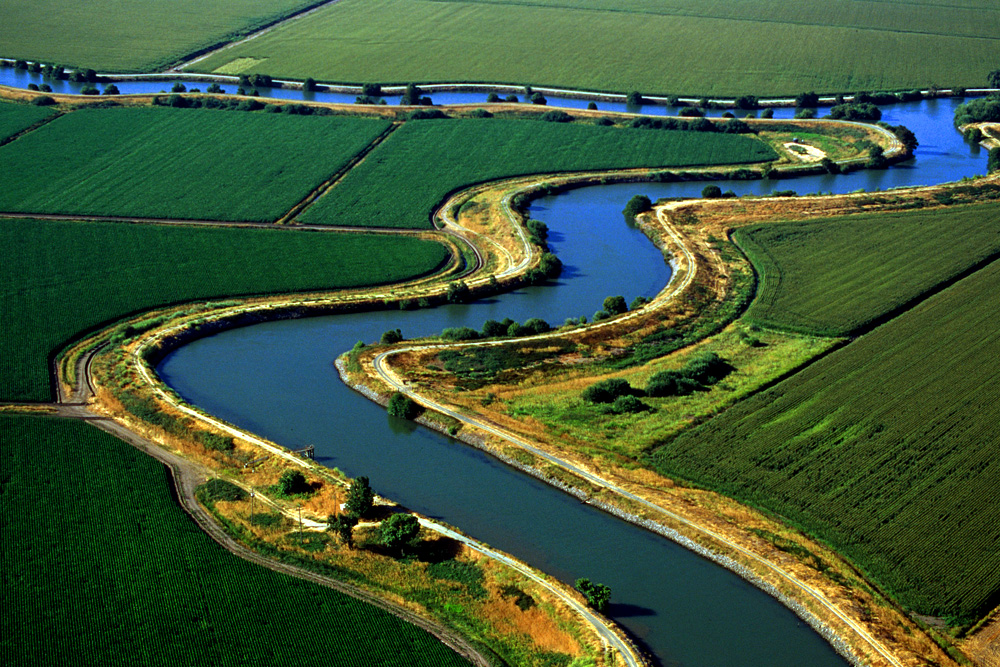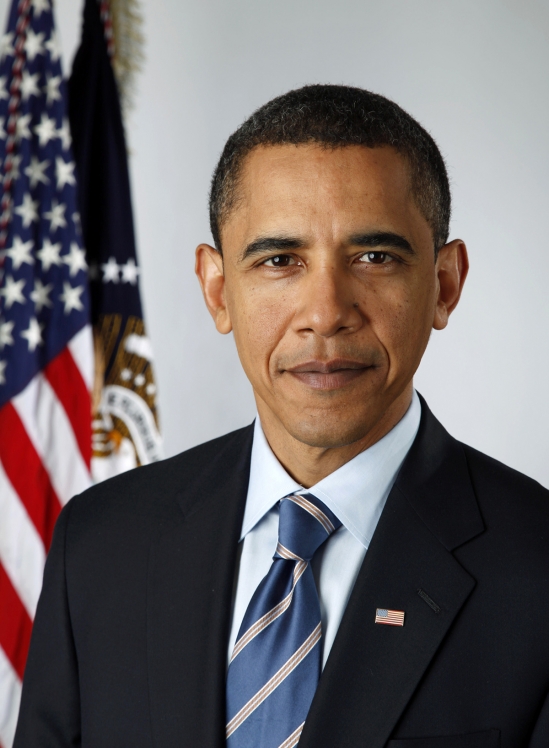Alaska City Set to Ship Water to India, U.S. Company Announces
S2C Global Systems, a water supply management company, announced last week that within six to eight months it will ship water from Sitka, Alaska to a hub in India. The water will then be distributed via tanker to markets in south and west Asia and the Middle East.
By Brett Walton
Circle of Blue
UPDATE FROM JUNE 2, 2010: Texas-based S2C Global Systems has announced the creation of a water hub at a port on the west coast of India with the potential to distribute billions of gallons of water each year from Sitka, Alaska to markets in India, the Middle East and west Asia, according to a press release on the company’s website.
Sitka, a small town located on Baranof Island off Alaska’s southeast coast, will sell the water to Alaska Resource Management for one penny per gallon. S2C and True Alaska Bottling, which has a contract for the rights to export 2.9 billion gallons (10.9 billion liters) per year from Sitka’s Blue Lake Reservoir, formed Alaska Resource Management LLC to facilitate bulk exportation.
Alaska City Wants to Sell the World a Drink
Public Opinion on Bulk Water Sales
Sitka’s Resource Piggy Bank Is Water
The city will earn $US26 million per year if ARM exports its entire allocation, and more than $US90 million annually if the city can export its maximum water right of 9 billion gallons. That amount of water is enough to meet the annual domestic needs of a city of 500,000 using 50 gallons per person per day.
This will be the world’s first large-volume exports of water via tanker: companies have tried unsuccessfully for more than two decades to break open the bulk water export market. Past attempts have been thwarted by daunting logistics, concerns about natural resource sovereignty and commodification as well as the availability of cheaper local sources.
With last week’s announcement, S2C appears to have found the right combination of location, infrastructure and pricing to make exports feasible.
S2C will not identify the port’s location “for security reasons,” but Terry Trapp, the chief executive of True Alaska Bottling, told Circle of Blue in an interview in May that the port is south of Mumbai.
When called for more information about the water hub, S2C president Rod Bartlett said that he would not be releasing any details to the media other than what is included in the company’s press releases. True Alaska’s chief executive did not return phone messages before this story was published.
This will be the world’s first large-volume exports of water via tanker: companies have tried unsuccessfully for more than two decades to break open the bulk water export market.
According to S2C’s press release, the company plans to begin shipping water within six to eight months to a hub with a berth for a Suezmax vessel that can hold up to roughly 40 million gallons, an offloading system connected to a storage tank farm, and a distribution complex for the packaged water. After 18 months a larger berth for 80-million-gallon VLCC tankers will be completed.
From the hub, smaller ships will transport water to shallower ports, such as Umm Qasr in Iraq, according the press release. Water will also be available in 20-foot containers with flexi-tanks, which can hold up to 4,623 gallons, for pharmaceuticals and high-tech manufacturing, and 10 liter bottles for consumers.
“S2C Global has an exciting future in India and the region,” Bartlett stated in the press release. “After recently spending time in India meeting port authorities and potential distributors, our vision to distribute water globally became real. We fully expect the India World Water Hub to fulfill our minimum expectations of a half a billion gallons sold annually.”
S2C’s announcement comes a day after the Alaska Department of Natural Resources received three new applications for bulk water removal from Adak Island in the Aleutian chain. The Aleut Corporation plans to export 1.5 million gallons per day from three reservoirs on the island.
Bulk water exporting has raised public ire in Canada, but public opinion in some Alaskan towns remains positive.
“It’s been something we’ve talked about quite a bit in the community,” Sitka’s mayor Scott McAdams told Circle of Blue in May. “There’s not a lot of opposition to it. In this borough we have 8,600 people, but we have a renewable resource of water that could meet the needs of a metropolitan area. We do have excess water.”
Source: S2C Global
Brett Walton is a Seattle-based reporter for Circle of Blue. Contact Brett Walton

Brett writes about agriculture, energy, infrastructure, and the politics and economics of water in the United States. He also writes the Federal Water Tap, Circle of Blue’s weekly digest of U.S. government water news. He is the winner of two Society of Environmental Journalists reporting awards, one of the top honors in American environmental journalism: first place for explanatory reporting for a series on septic system pollution in the United States(2016) and third place for beat reporting in a small market (2014). He received the Sierra Club’s Distinguished Service Award in 2018. Brett lives in Seattle, where he hikes the mountains and bakes pies. Contact Brett Walton








